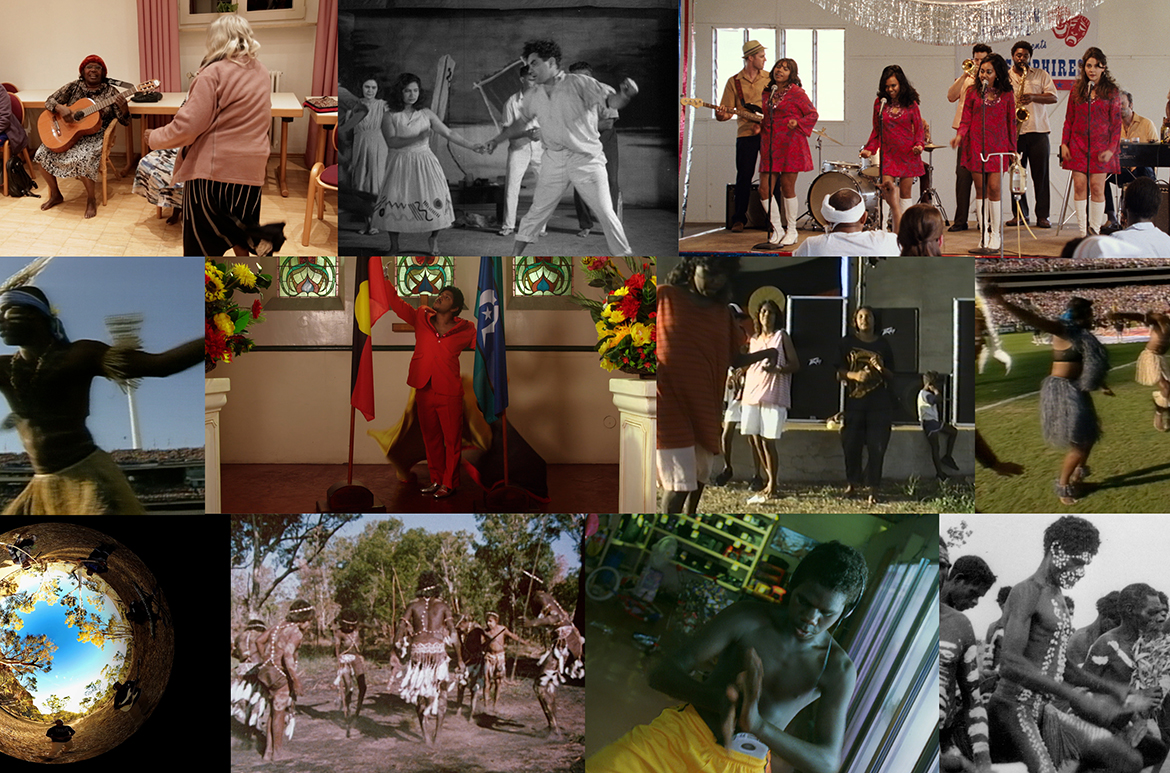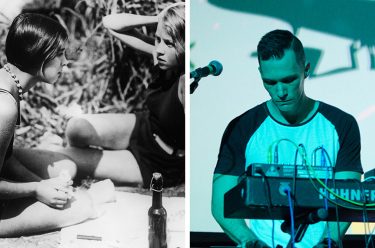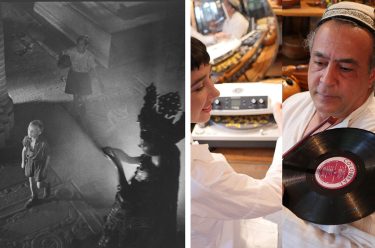On 26 January 2024, the Australian Cinémathèque, Gallery of Modern Art (GOMA) screens the Queensland Premiere of WINHANGANHA, a powerful new film work by acclaimed Wiradjuri artist and poet, Jazz Money. The film was commissioned by the National Film and Sound Archive of Australia (NFSA) to demonstrate the potential of an archive to ask the difficult questions, to reflect and advance the dialogue, to bear witness to undeniable anguish, but also to act as the gateway to richer and more nuanced conversations. Across a two-year period working closely with the NFSA collection, Money sifted through and reflected on the institution’s extensive collections of works made by and about First Nations Australian people. The result is a lyrical journey of archival footage and sound, poetry and original composition.
WINHANGANHA
(Wiradjuri language: Remember, know, think)
‘WINHANGANHA was born from a desire to make sense of the archival inheritances that shape our present realities. Through film, television, audio and music recordings collected since the advent of these technologies, the film is a poem in five acts that attempts to acknowledge the horrors, joys and beauties held within the National Film and Sound Archive. I wanted to tell a story of how these archives affect the lives of First Nations people today through complex and intersecting ways.
WINHANGANHA screening
1.00pm, Friday 26 January 2024
Australian Cinémathèque, GOMA
Free, no bookings required
WINHANGANHA is centred upon the belief that it is our own bodies that are the truest archive of our experience, and that any documentation is only ever an approximation of the person doing the gazing – not the gazed. And while First Nations bodies have been documented, mythologised, degraded, catalogued, and stored within the colonial gaze of archive, these bodies, these people, have danced and sung and marched and are utterly whole, beyond what can be held in these collections. Our stories exist far beyond the colonial gaze.
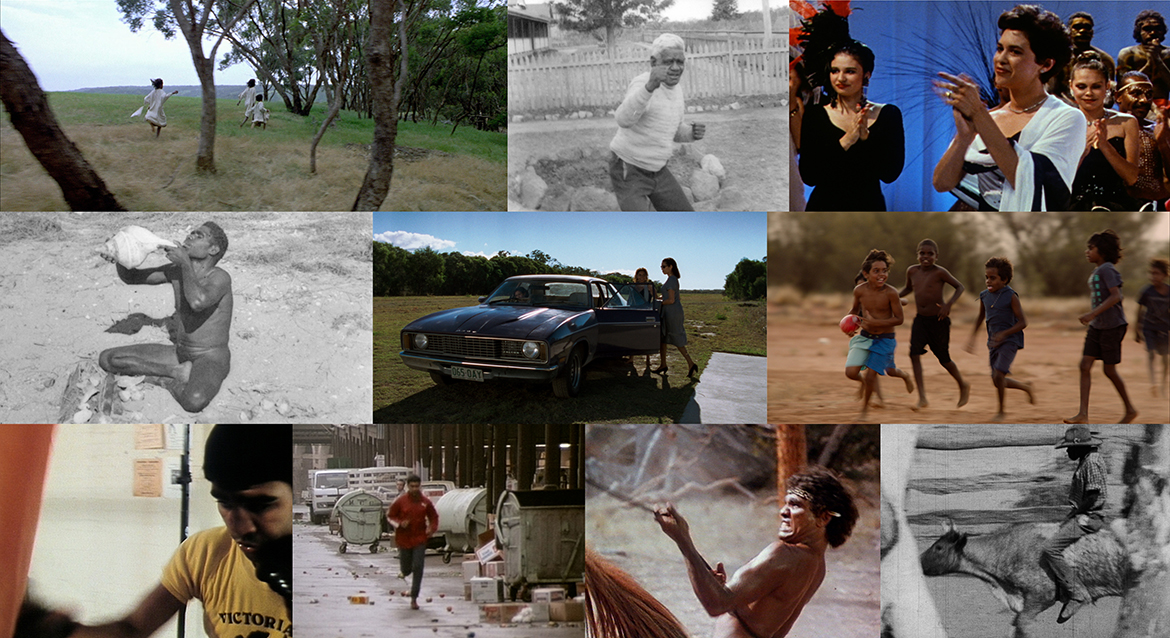
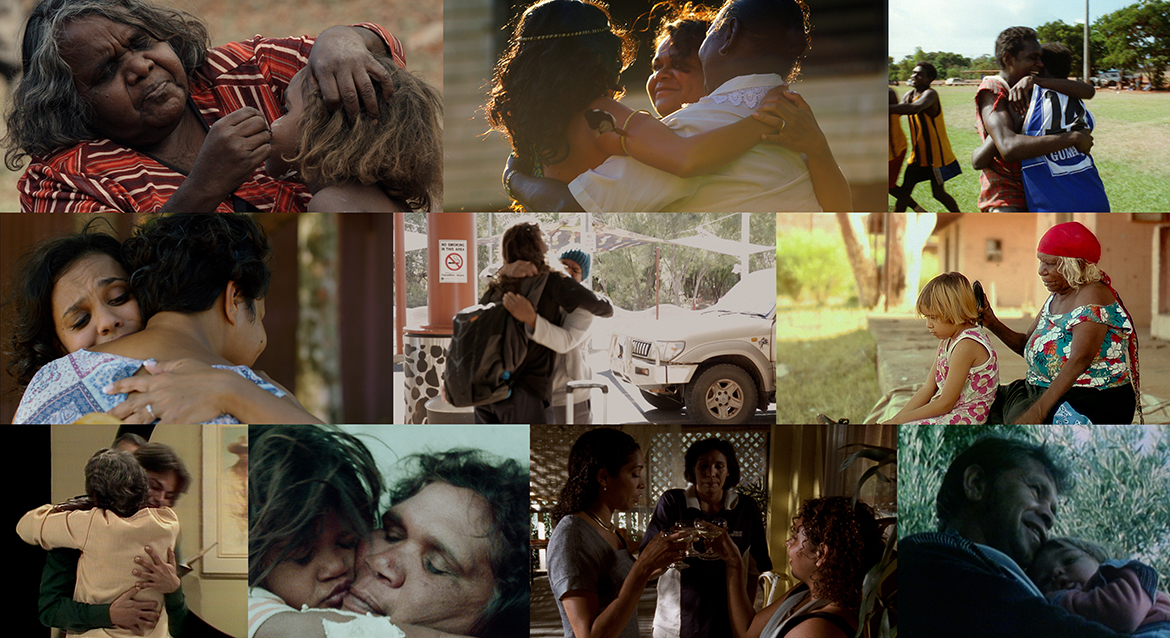
Over the past two years I have spent many hundreds of hours sifting, sorting, and unravelling a fraction of the Aboriginal and Torres Strait Islander content held in the NFSA collection. I have watched and listened to creations exclusively pertaining to the depictions of our people held within those archives for days and weeks and months on end, but I cannot claim to have seen much at all. It would take a lifetime to begin to unravel what has happened within the cameras and microphones and cutting rooms of this continent. WINHANGANHA is one gesture towards understanding.
The film attempts to reconcile with archives as non-neutral places loaded with the desires of those who do the collecting and archiving, which in Australia has been an overwhelmingly white colonial endeavour into myth making. And while so much of the creation and application of the archive has been rooted in violence, I believe that we can undo some of that violence by returning to these collections, by understanding how they were made and honouring the people and Country depicted within. The collections record a link to ourselves and our stories. Working with archival footage has led me to consider the relationship between our recorded knowledges, and how we create new futures through that which we inherit. Film and television play a critical role in how a society understands itself, particularly in the way they portray the myths of self that eventually become enmeshed with reality.
In creating WINHANGANHA it was important to me that it celebrated Aboriginal and Torres Strait Islander protest and resistance, both to material dispossession and also in the creation of film, television and music that centres our experiences. And while protest is the turning point within the film, it is love and joy that is the overall message. That despite the injustices of the past and present, we continue to exist with love and pride in bodies that dance and march and sing and story.
The film is for all audiences. It was made with an understanding that it would be seen by people who live outside Australia and beyond the context of this place, and so it attempts to frame that history. Yet the priority audience is mob to have a film that reckons with the horrors of archive, but one that celebrates our lives despite and within those depictions.’ Jazz Money
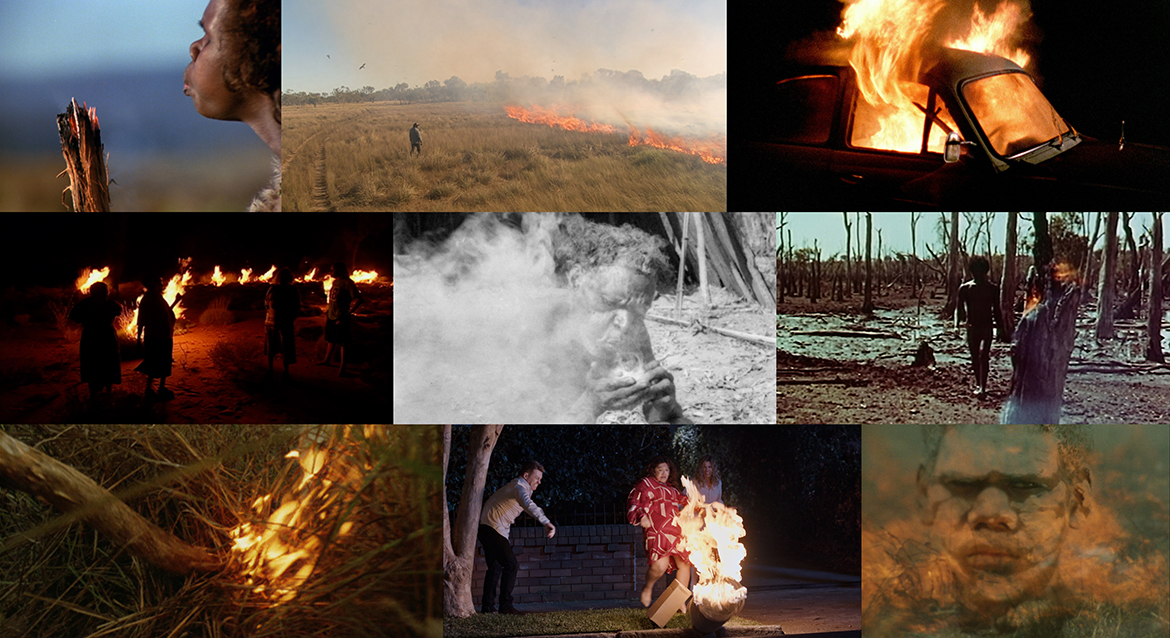
The Australian Cinémathèque
The Queensland Art Gallery | Gallery of Modern Art (QAGOMA) is the only Australian art gallery with purpose-built facilities dedicated to film and the moving image. The Australian Cinémathèque at GOMA provides an ongoing program of film and video that you’re unlikely to see elsewhere, offering a rich and diverse experience of the moving image, showcasing the work of influential filmmakers and international cinema, rare 35mm prints, recent restorations and silent films with live musical accompaniment by local musicians or on the Gallery’s Wurlitzer organ originally installed in Brisbane’s Regent Theatre in November 1929.
Acknowledgment of Country
The Queensland Art Gallery | Gallery of Modern Art (QAGOMA) acknowledge the Traditional Owners of the land on which the Gallery stands in Brisbane. We pay respect to Aboriginal peoples, Torres Strait Islander peoples, and Elders past and present. In the spirit of reconciliation, we acknowledge the immense creative contribution First Australians, as the first visual artists and storytellers, make to the art and culture of this country. It is customary in many Indigenous communities not to mention the name of the deceased. All such mentions and photographs are with permission, however, care and discretion should be exercised.
#QAGOMA
